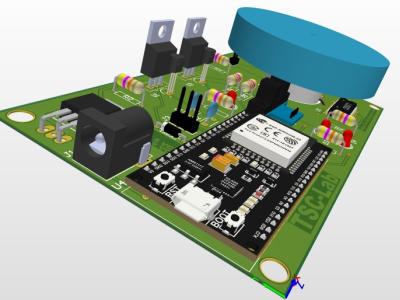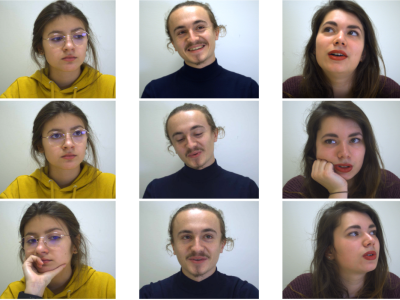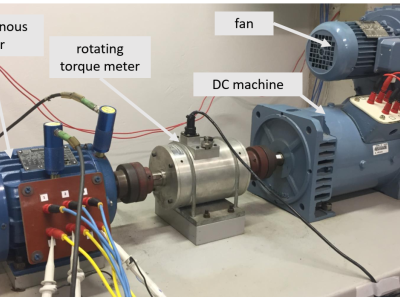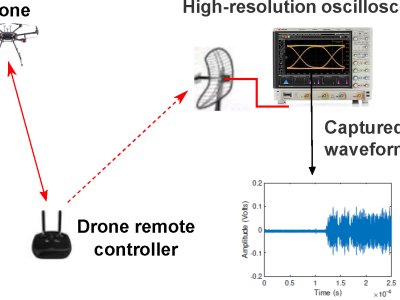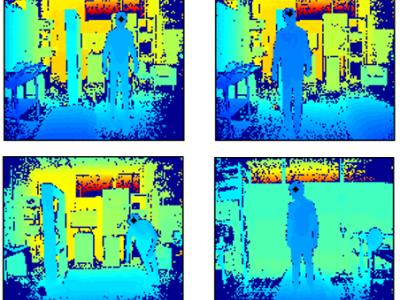Optimization of Combined Coherent Gain-switch Pulsing in a Large Array of Semiconductor Lasers: Dataset
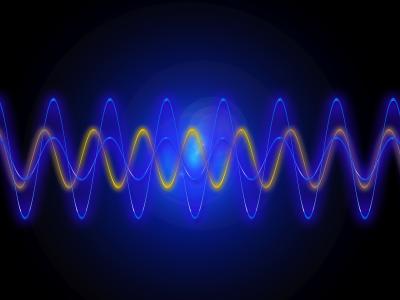
- Citation Author(s):
-
Luis Maldonado-Castillo (University of Central Florida)Mark Berrill (Oak Ridge National Laboratory)Yehuda Braiman (University of Central Florida)
- Submitted by:
- Olivier Spitz
- Last updated:
- DOI:
- 10.21227/grx4-6n41
- Data Format:
 103 views
103 views
- Categories:
- Keywords:
Abstract
The present numerical work combines gain switching and external optical feedback to generate pulses with a high level of coherence across a large array of semiconductor lasers. The influence of several parameters such as modulation frequency, feedback strength and frequency detuning is analyzed and this dataset gathers the temporal traces generated with our code, that is adapted from the Lang-Kobayashi model to take into account decayed coupling in an array of lasers. In particular, these time traces were used to generate all the heatmaps and figures (except Figure 1) in the associated article. For the sake of conciseness, this dataset only contains the combined field intensity (that is displayed in the associated article) for each configuration, and not the complex field of individual lasers for each case.
Instructions:
The dataset related to the article is contained within `data/`.
The primary parameters that we vary are:
- Noise,
- Detuning,
- Bias Current Amplitude,
- Feedback Strength,
- and Modulation Frequency.
For noise, we either use it or not. If we do use it, that will correspond to a spontaneous noise emission radius of 5.0, and a current noise magnitude of 1.0. If we do not use noise, then both will be 0.0. Viz. a data folder that has noise will have `5.0rs_1.0cn` in its title, otherwise it will have `0.0rs_0.0cn`.
For detuning, we use values (in GHz) of 0.01, 0.2, and 4.0. Viz. a data folder with 10 MHz detung will have `0.01bv` in its title, where bv stands for "bandwidth variance".
For the bias current amplitude, we use values (relative to the threshold current) of 1.1, 1.2, ..., 2.0. Viz. a data folder with 1.9 bias current will have `1.9bc` in its title.
We had a possible functionality to vary delay time, however we did not make use of it in this paper and kept the time delay to 3.0 nanoseconds throughout. There is `3.0dt` in the title of every data folder to keep organized in case it's altered in the future.
For the feedback strength, we use values (in inverse nanoseconds) of 0.001, 0.1, and 10.0. Viz. a data folder with 0.001 inverse nanosecond feedback will have `0.001fs` in its title.
We kept the amplitude of the alternating current constant (at 0.99 relative to the threshold), so the values used for the modulation depth for a given bias current `x` is `0.99/x`. Viz. if a data folder corresponds to a bias current of 1.1, it will have `0.9md` in its title.
Finally, the modulation frequency we used varied (in GHz) from 0.1 to 0.7 in increments of 0.001 or from 0.325 to 0.335 in increments of 0.00001. Viz. a data folder that has 678 MHz modulation frequency will have `0.678mf` in its title.
Within each data folder, there is an input_file that has the relevant parameters used, as well as an .hdf file called `data_cropped.hdf` that has the times ('T'), combined field intensities ('intotal'), synchrony measurements ('syncmeas'), and the product of the number of lasers with the sum of the individual intensities ('N2ave_I'); with the HDF keys for each data mentioned is in parenthesis.
This .hdf file should be accessible using whatever your coding language's implementation of hdf5 uses. We, in particular, used Python and MATLAB. As HDF5 files are not text/data/csv files, you will need to learn how to use a HDF5 library (e.g. h5py for Python) to access the data. HDF5 has the benefit that the data is compressed like a zipped file, as to not take so much space, while also being relatively fast to access data within a code.
The total size of the dataset is more than 300 GB.


